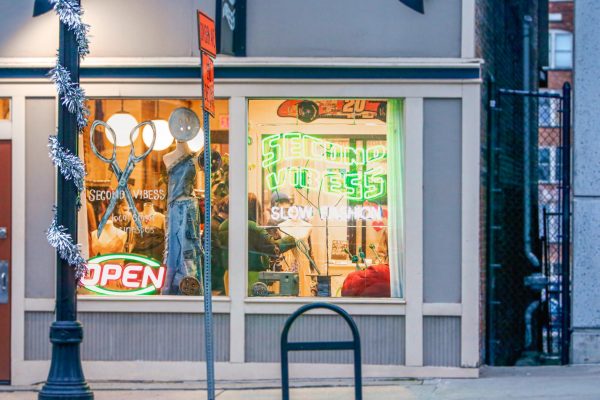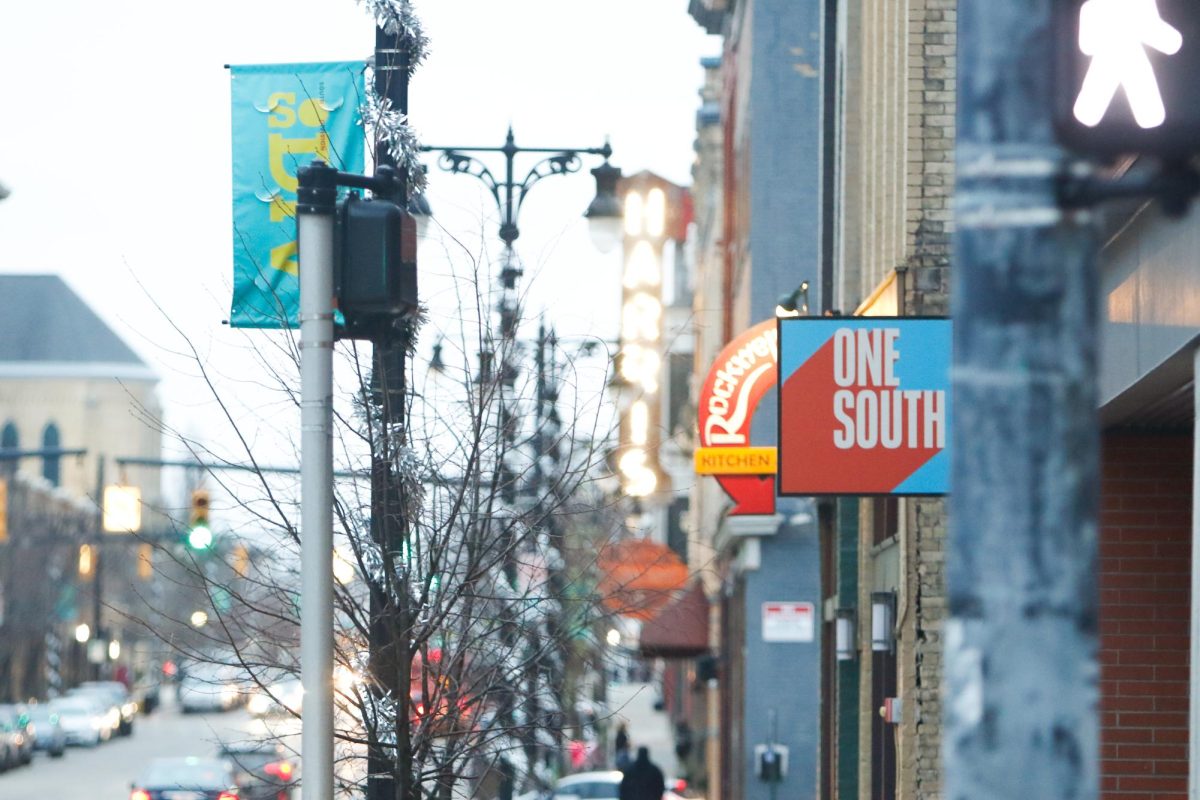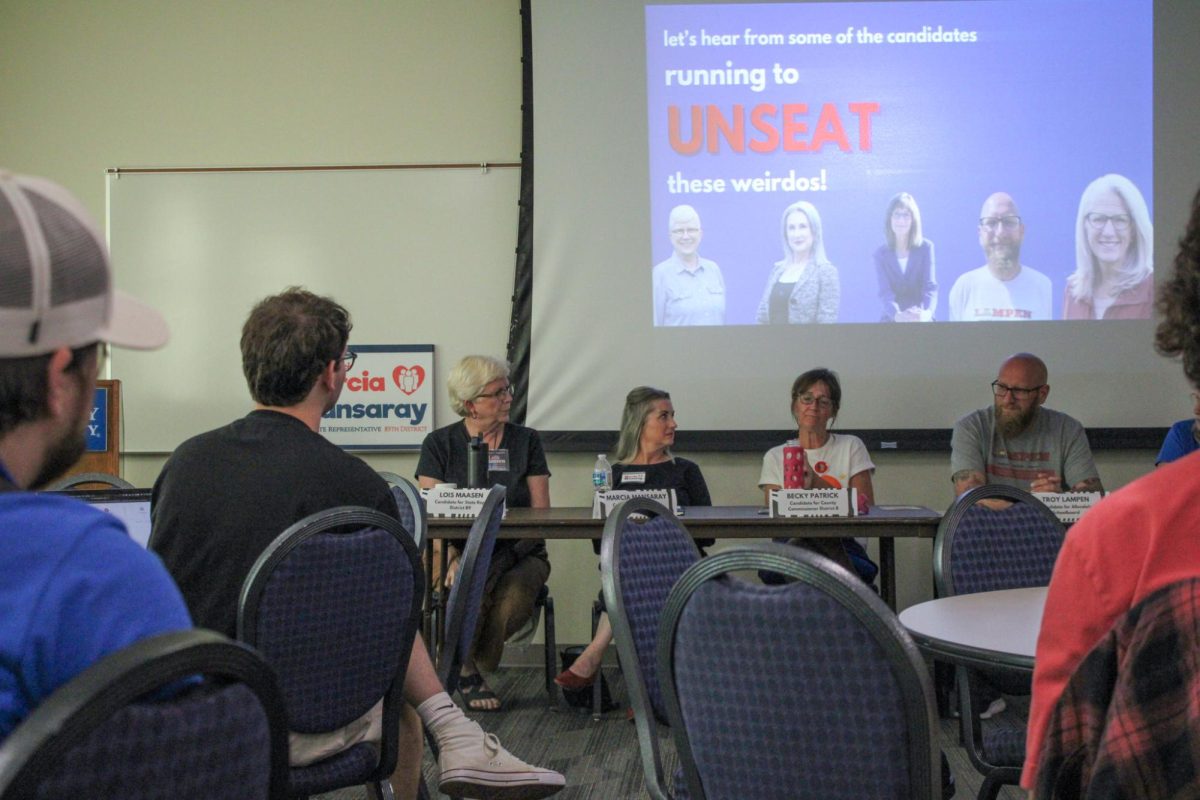A “Shop Hop” event to celebrate Valentine’s Day will be hosted on South Division Avenue in Grand Rapids. There are nine participating small businesses who focus on sustainable fashion, such as Second Vibess, a recrafted fashion brand.
Shop Hop is meant to create opportunities for people to purchase locally, find unique clothing pieces and support their local economy.
Navigating sustainable products can be tricky. Kaitlyn Fitzpatrick, co-founder of Second Vibess, said it is difficult to shop smart in the state of the clothing market today.
“It’s hard to be a conscious consumer in our society, unfortunately, because a lot of things are unethical,” Fitzpatrick said.
Fitzpatrick pointed out different ethical aspects of difficulty, like how certain supply-chain manufacturers overseas stir labor law concerns. Many clothing products are also made using cheap fibers, so the pieces are not made to last. Essentially, those items are born to end up in a landfill.
This process has earned the name “fast fashion,” referring to how clothing brands are able to produce high volumes of clothing at a lower quality in order to respond to fast-paced trends. This promotes a maximalist culture for consumers where they shop with quantity in mind. New trends pop up every day and maximalist consumers will spend their money on whatever is new or cool at the moment.
“Trends are just repeats of things that already happened. We don’t need new things,” Fitzpatrick said.

Shopping sustainably when it comes to fashion does not mean people have to change their wardrobes. It is about investing in high-quality pieces of clothing that will maintain their structure throughout time and building a closet of reliable items.
Events like the upcoming Shop Hop encourage this shift in consumer behavior. Shopping at small businesses in general also helps lean the fashion market away from fast fashion, as the revenue goes towards a local cause, with much of the clothing being locally manufactured.
Responsible shopping does not have to be expensive, which is one common misconception about small-business boutiques or retail shoppes. When shopping new, buying clothes that were made from natural fibers still contribute to the mission of fashion sustainability. Shopping second-hand can take away ethical dilemmas for shoppers, since clothing articles are being repurposed and saved from being sent to a landfill.
Second-hand clothes don’t need to come from a thrift store. Of course, there are reworked clothing stores like Second Vibess that use fabrics and pieces from old clothes to create new pieces. Clothes can come from other second-hand places, too. Apps like Poshmark, Depop and Mercari serve as a platform for individuals to buy and sell pre-owned items, including things other than clothing.
Another easily accessible and popular way to recycle clothes is by using social media. Social media platforms like Instagram, Snapchat or Facebook can be used as a way to buy and sell old clothes. This is a good option for college students because many exchanges can be done nearby and in-person.

“When you buy from places like that (Shop Hop), you get clothes for cheaper, and the other person can put that money towards whatever their needs are, like rent,” said Alina Ladewig, a Grand Valley State University business student.
Ladewig highlighted that events such as the Shop-Hop provide opportunities for students to experience local shopping in a new way. Instead of checking out just one shop, it encourages people to bounce between many places and gain a fuller perspective on second-hand shopping.
The Shop Hop event joins vintage stores, boutiques and art galleries showcases together to create a community centered event. For more information about the Shop-Hop event, visit @downtowngrinc on Instagram.















